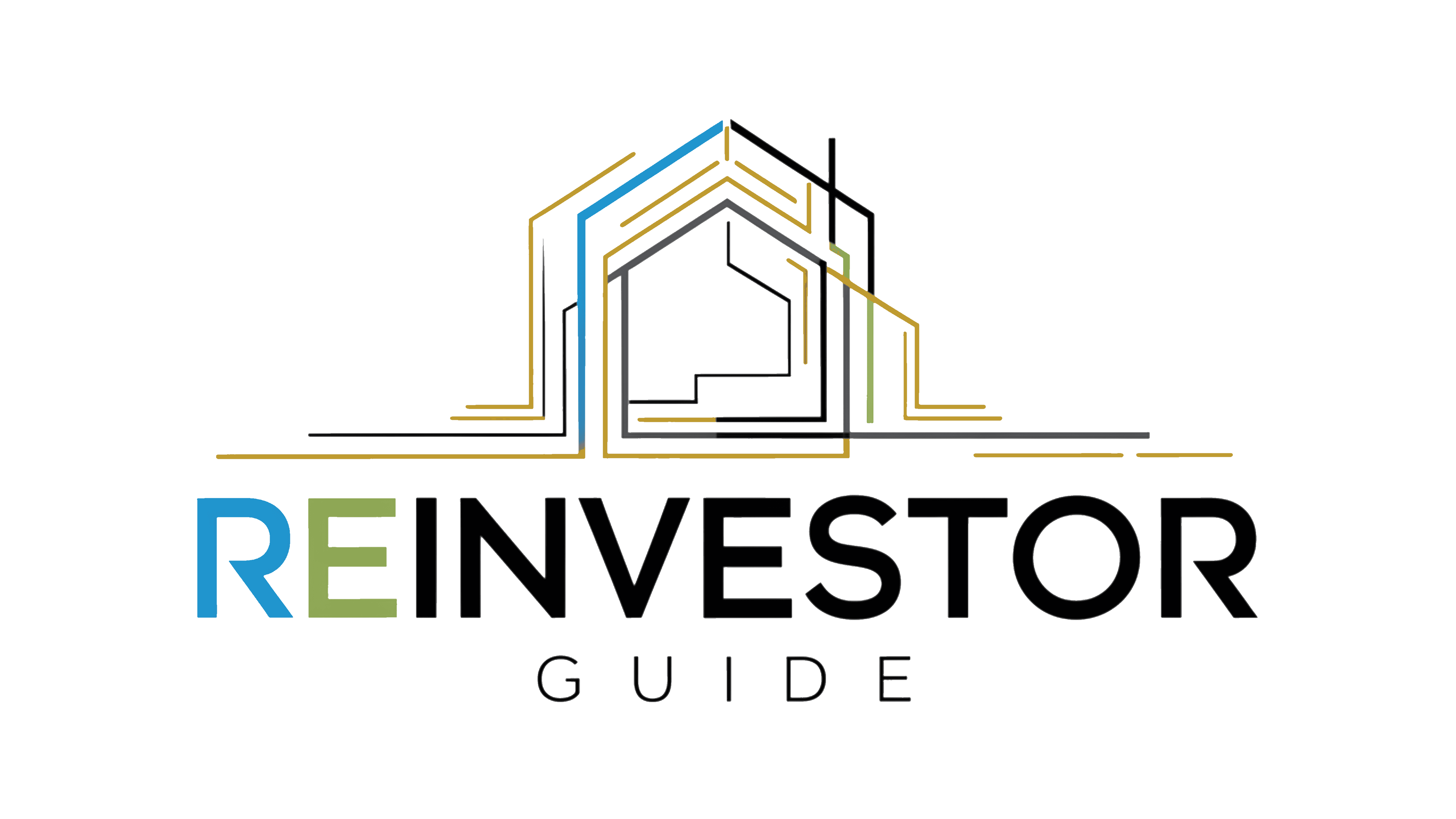Buying your first investment property is exciting—but choosing the wrong market can crush your returns before you even close. That’s why market analysis is one of the most important steps in real estate investing.
You don’t need to be an economist or a data analyst to get this right—you just need to know which numbers matter, where to find them, and how to compare markets that align with your investment goals.
This guide breaks down how to analyze a real estate market like a pro—so you can invest with confidence from day one.
Why Market Analysis Matters for Investors
Great investing isn’t just about buying the right property—it’s about buying in the right place at the right time. Even the best-renovated home won’t cash flow if the local rents are stagnant or vacancy rates are climbing.
The goal is to find a market with:
- Strong rental demand
- Affordable entry prices
- Job and population growth
- Landlord-friendly regulations
- Cash flow potential that meets your DSCR or ROI targets
Whether you’re investing in your own city or going out-of-state, your ability to read market trends can be the difference between a solid rental and a cash-flow killer.
Step 1: Start With Population and Job Growth
Growing populations = growing demand for housing. Look for:
- U.S. Census data for population trends
- Bureau of Labor Statistics (BLS) for employment growth
- Major employers moving into the area (tech, healthcare, logistics)
- Infrastructure developments like transit, schools, or commercial projects
Key signal: If people are moving there and jobs are being created, rental demand usually follows.
Step 2: Study Rent-to-Price Ratios
This is one of the fastest ways to gauge potential cash flow.
Rent-to-price ratio = Monthly Rent ÷ Property Price
Example: $1,500/month rent on a $200,000 property = 0.75%
Investors typically target 0.8%–1%+ for cash-flowing markets.
You can use tools like:
- Rentometer
- Zillow Rent Zestimates
- Local property managers’ rent rolls
Pair this with your DSCR (Debt Service Coverage Ratio) to make sure the property will qualify for a loan based on income—not your personal finances.
Step 3: Understand the Local Landlord Laws
Some states make it easier (and faster) to evict non-paying tenants or raise rents. Others have strict rent control and tenant protections that can limit profitability.
Landlord-friendly states include:
Texas, Florida, Georgia, Indiana, and Arizona
More regulated markets include:
California, New York, Oregon, Illinois
If you’re planning to scale with multiple properties, pick markets where you can manage risk and turnover legally and efficiently.
Step 4: Analyze Vacancy and Days on Market (DOM)
High vacancies or long time-on-market can signal oversupply or low demand. Look for:
- Rental vacancy rates below 6%
- Average DOM under 30–45 days for rentals
- Consistent year-over-year rent growth (3–5% is healthy)
Use tools like:
- Redfin or Realtor.com for DOM data
- Zillow for rental listings and rental history
- Local property managers for boots-on-the-ground feedback
Step 5: Look at Neighborhood-Level Trends
Not all zip codes in a city perform equally. Use neighborhood analysis tools to drill down on:
- Crime rates
- School ratings
- Local amenities and walkability
- Planned developments (check city or county planning websites)
Pro Tip: Look for areas “on the edge” of growth—near appreciating neighborhoods, transit projects, or commercial expansion.
Step 6: Check Short-Term vs Long-Term Rental Potential
Depending on your strategy, research:
- STR regulations and permit requirements (if using Airbnb/Vrbo)
- Hotel occupancy rates and tourism trends
- Long-term rental demand from students, military, or workforce tenants
Some cities are great for both. Others lean heavily toward one or the other.
Make sure your strategy matches local demand—and local laws.
Step 7: Talk to Local Experts
Data is powerful, but local insight is essential. Talk to:
- Investor-friendly real estate agents
- Property managers
- Local lenders (especially DSCR lenders)
- REIA groups or Facebook investor communities
Ask what kind of properties are renting fastest, which areas investors avoid, and how competitive the market really is.
Final Thoughts
Smart investors don’t guess—they analyze. Before you buy your first investment property, take time to understand the market, compare a few options, and run the numbers through a DSCR or ROI lens.
The best markets for you aren’t always the hottest or most expensive. They’re the ones where your investment strategy actually works—whether that’s cash flow, appreciation, or a mix of both.
Our advise is based on experience in the mortgage industry and we are dedicated to helping you achieve your goal of owning a home. We may receive compensation from partner banks when you view mortgage rates listed on our website.



